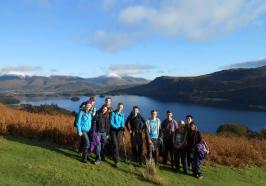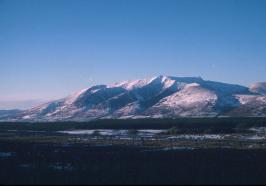Glaciation
During the last two million years Borrowdale has experienced several glacial and inter-glacial periods. When will we see glaciers in Cumbria again?! We can compare the most recent Borrowdale glaciation with present-day glacial environments from around the world. What would Borrowdale have looked like 20 000 years ago?
Within a short walk of the hostel we can study dried-up lake beds, ribbon lakes, terminal and lateral moraines, mountain peaks and tarns, hanging valleys, drumlins, roche moutoneés, striations, and ice-stagnation topography (kames and eskers), examining them for evidence of glacial conditions and processes. Using simple fieldwork techniques, the glacial features can be explained and brought to life.
There were two tributaries to the main Borrowdale glacier: the Stonethwaite and Seathwaite glaciers. Between 18 000 and 10 000 years ago the Stonethwaite glacier retreated in three distinct phases, leaving behind three ridges of terminal moraine. We can see these near Rosthwaite, at the southern end of the Borrowdale valley. The Seathwaite glacier retreated more quickly, and the melt-water drained around the Stonethwaite snout, creating a glacier-dammed lake. The lake is no longer there, but the former lake bed can be identified.
The climate change and inter-glacial features of the past 18 000 years provide excellent material for a diverse range of studies, from ecology to hydrology and art. For instance, some of the first plants to colonize the bare earth after the last glaciation, such as Purple saxifrage and Mountain avens, can still be found in the high coves around Scafell and Helvellyn.
Some of the most dramatic features of the inter-glacial period are the waterfalls that tumble from the hanging valleys where tributary glaciers previously flowed. Our most local example can be found at Lodore: the Lodore Falls cascade from the hanging valley of Watendlath to Derwent Water in Borrowdale. Features such as these provide fantastic inspiration for a wide range of activities.
Sample activities
- Walk around Rosthwaite, Longthwaite, and Stonethwaite to see terminal moraine and other features.
- Walk up the side of the Lodore Falls, into the hanging valley of Watendlath.
- Walk from DIH to Keswick, studying ice stagnation topography and several examples of drumlins.
- Walk along the path of the former Stonethwaite glacier. View the drumlins and elongated corrie basin of the upper part of the valley.
- Use papier mache to make models of the Borrowdale Valley, during and after glaciation.
-
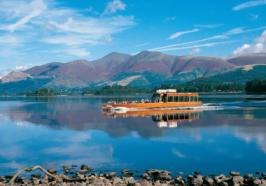 Group trips on the Keswick Launch
Group trips on the Keswick Launch -
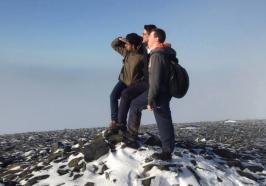 Birmingham University Wilderness Medicine Students
Birmingham University Wilderness Medicine Students -
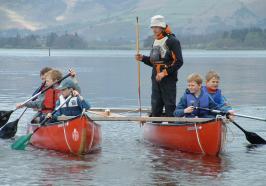 Working together on Derwent Water
Working together on Derwent Water -
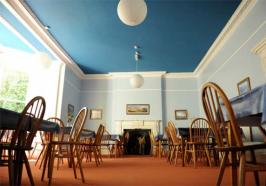 Dining room
Dining room -
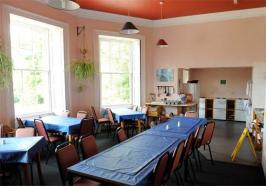 Self catering kitchen
Self catering kitchen -
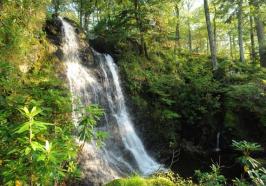 Barrow Cascade: the waterfall in our grounds
Barrow Cascade: the waterfall in our grounds -
-
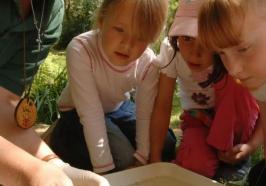 Classrooms in the forest
Classrooms in the forest -
 Pond-dipping
Pond-dipping -
Working together
-
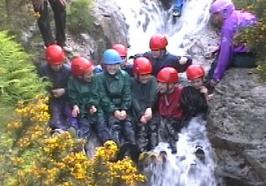 Gorge scrambling
Gorge scrambling -
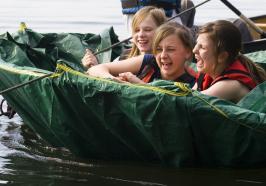 Raft building (and floating!)
Raft building (and floating!) -
.jpg) Be a Viking for a day!
Be a Viking for a day! -
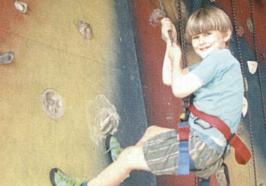 Indoor climbing
Indoor climbing -
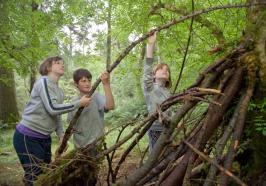 Shelter-building
Shelter-building


